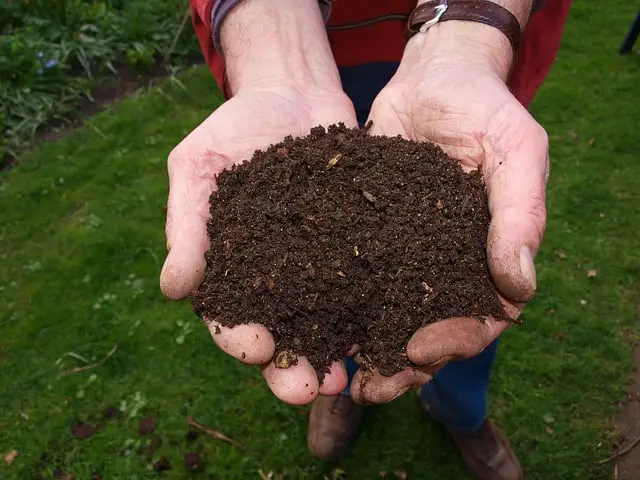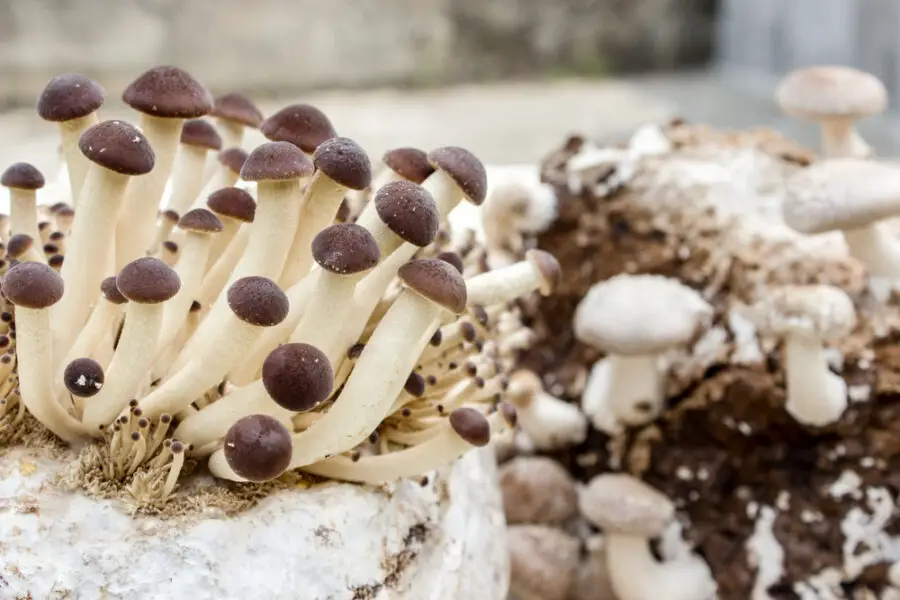If you’ve ever seen little egg-like balls growing on your lawn or in the woods, you might have wondered whether or not they are dangerous for humans or animals to eat. There are many different types of puffballs, but are there any poisonous puffball mushrooms?
Most puffball mushrooms are not poisonous, particularly while they are still young, but there are a few look-a-likes that are. Some puffball-like mushrooms can be toxic and, although they are not deadly, can make humans very ill. True puffball mushrooms can be eaten, either raw or cooked, but you need to be able to differentiate an edible puffball from a poisonous mushroom.
This article will go into detail about how to identify edible puffball mushrooms compared to puffball look-a-likes, that may be poisonous or toxic, so that you can tell the difference between them when you are out and about.
Which Puffball-like Mushrooms Are Poisonous?
Being able to identify an edible puffball will give you a lot of confidence when you are foraging, but there are also some toxic mushrooms out there to specifically avoid. Some of the poisonous or toxic mushrooms that are most often mistaken for edible puffballs include:
Earthballs
Perhaps the most similar in appearance to an edible puffball, Earthballs are responsible for a lot of mushroom poisonings every year. Although they are not deadly, they can make humans very sick. Earthballs are also known as the “Pigskin Poison Puffball” because of their toxicity and hard outer layer.
You can identify an Earthball because they have tough skin that is firm to the touch, and when you cut them in half most will have a purple or black centre. Some Earthballs can still be white inside, but they will all have a hard, warty outer layer, and they do not have a spongy texture inside.
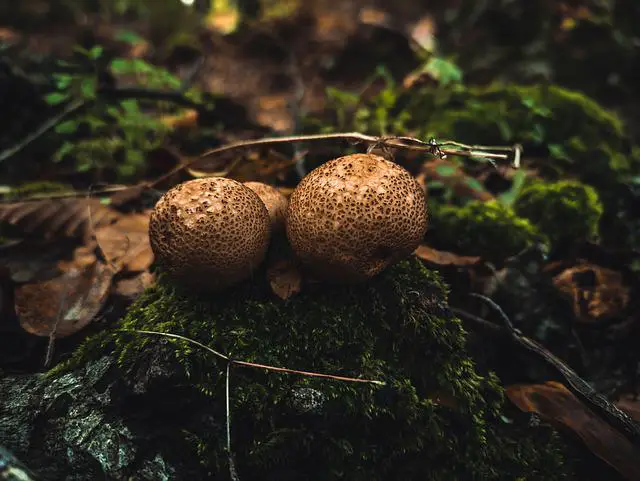
Amanitas
The most important mushrooms to avoid are the Amanitas, as some of these can be deadly. Once fully grown, they have a very different appearance from puffballs, as they have stalks and gills, but they start life in a white “egg sack” that can look a lot like a puffball mushroom.
The texture of an Amanitas egg is usually less smooth than a puffball and once you cut them open you will see a smaller mushroom inside.
Some Amanitas are not only poisonous but fatal. The Death Cap and the Destroying Angel Amanitas are both deadly and there is no known cure.
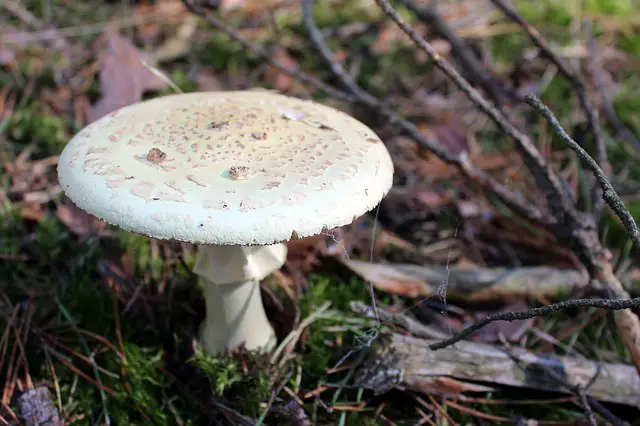
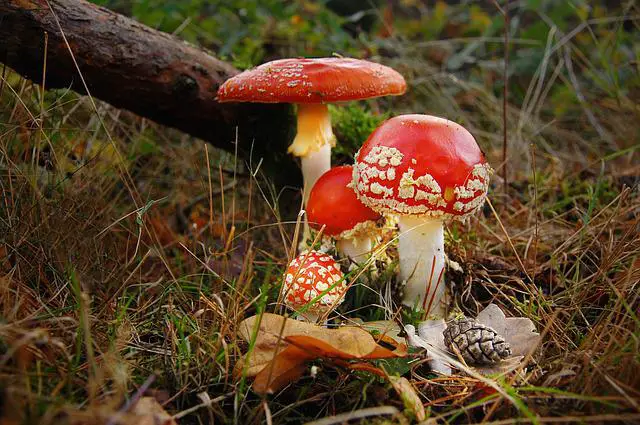
Stinkhorns and Volvariellas
Although these mushrooms can be edible, Stinkhorns and Volvariellas eggs are too similar to those of the Amanita to trust.
Again, slicing these mushrooms open will tell you whether or not they are a puffball, as the interior will not be a uniform, spongy white texture.
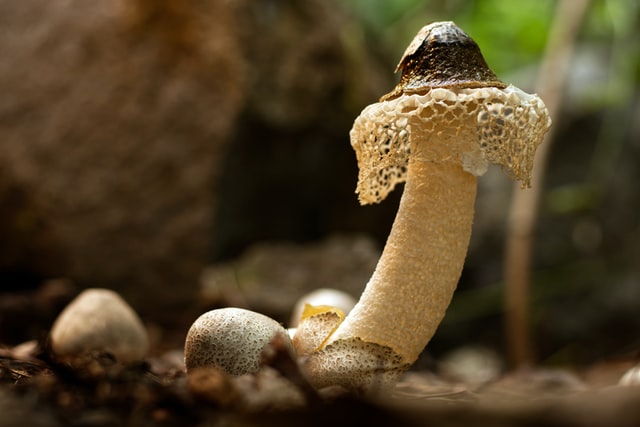
The Verdict: Are There Any Poisonous Puffball Mushrooms?
The truth is that most young puffballs are not only not poisonous, but actually edible. Once they mature, however, they will start to develop spores which are less good to eat.
There are some species of mushrooms which look a lot like edible puffballs that are poisonous. Earthballs can be hard to distinguish from safe puffballs and they are toxic for humans to eat. Amanitas eggs are also similar in appearance and these can be deadly if consumed.
You should make sure that a mushroom has no stem, spines, pores, or gills to be certain that it is an edible puffball. The most important check to do is to cut the mushroom in half. An edible puffball will have a consistent, spongy white texture throughout, with no tough outer layer and no patterns, markings, or gills inside.
How Can You Tell if a Puffball Mushroom is Edible?
The vast majority of young puffball mushrooms are edible. They have a relatively mild, earthy taste and a texture that is similar to tofu. Not all puffball mushrooms are good to eat, though, and some mushrooms that look like puffballs are actually poisonous types of fungus.
To determine whether a puffball is edible or not, you need to look at some key features. First, make sure that they do not have any stems, and that there are no visible spines or pores. An edible puffball should have a relatively smooth exterior.
The most important thing to do is to cut the mushroom in half, straight down the middle. If it is pure white all the way through, with a consistent spongy texture, then it is likely to be an edible puffball. Any sign of different colouration, patterns or markings, and particularly any indication of gills, will tell you that it is not okay to eat.
Puffball mushrooms are generally good to eat while they are still relatively young. Once they get older, they will start to change colour and get darker, which is an indication that the spore mass has started to build up. Puffball spores are not necessarily dangerous, but they are not particularly edible either.
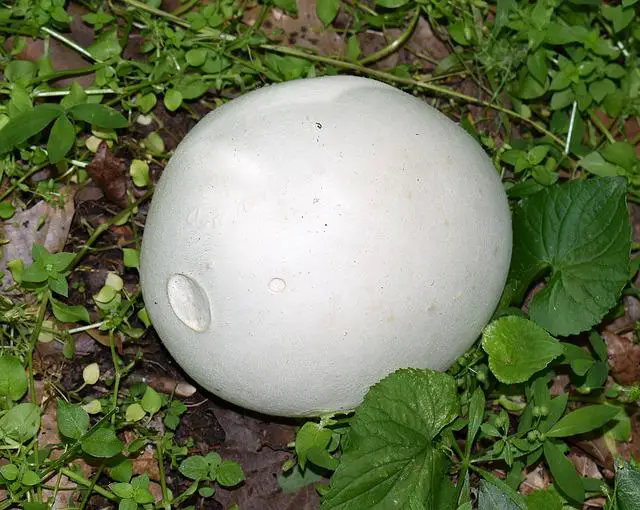
How Can You Identify a Puffball Mushroom?
Different types of puffball mushrooms can look quite distinct from each other, but they do share some common characteristics.
- Round shape: Most puffball mushrooms are either pear-shaped or formed like round balls.
- No cap: Puffballs don’t have a cap like other mushrooms do, and most puffballs don’t even have a stalk. The majority are attached to a surface directly and grow close to the ground.
- No gills: Other mushrooms have distinctive gills that grow underneath their caps, which puffball mushrooms do not have. They are generally a uniform texture in the middle.
- Pale colour throughout: Puffball fungi are, more often than not, a creamy white colour, although they can vary depending on the genera. The interior of a puffball should be the same colour and texture all the way through.
Identifying a fungus as a type of puffball is only half the battle. There are many different mushrooms that look a lot like puffballs to know the difference between, which is particularly important when you are trying to avoid eating something poisonous.
What Are Puffball Mushrooms?
Puffballs are not a specific type of mushroom, rather they are a category that incorporates several different genera. They are known as puffballs because of their shape and the way that they release their spores.
When puffballs mature, they become dry and fill with spores. If anything comes into contact with a mature puffball, it will send out a large “puff” of spores that spread and settle onto the ground, potentially germinating into new mushrooms. Even a single drop of rain can release over a million spores that travel at around 100 cm/second.
Most puffball mushrooms are completely safe to eat, but some mushrooms that look similar to puffballs can be dangerous if consumed by humans or animals.
Hi, I’m John Stephens, chief editor and writer for Totalgardener.com. I’ve been gardening and raising animals for over 15 years starting with a small backyard plot in Northern Virginia where I grew corn, potatoes, squash, and using a high mulch technique called the Ruth Stout Method. I also raised ducks and small mammals for meat and eggs in a movable pen similar to the ones used by Joel Salatin. I later moved to Colorado where I experimented with growing greens using aquaponics inside. I eventually added a microgreens setup and home sprouting operation. I’m excited to share everything I’ve learned plus more from the other local gardening and animal raising experts I know.

